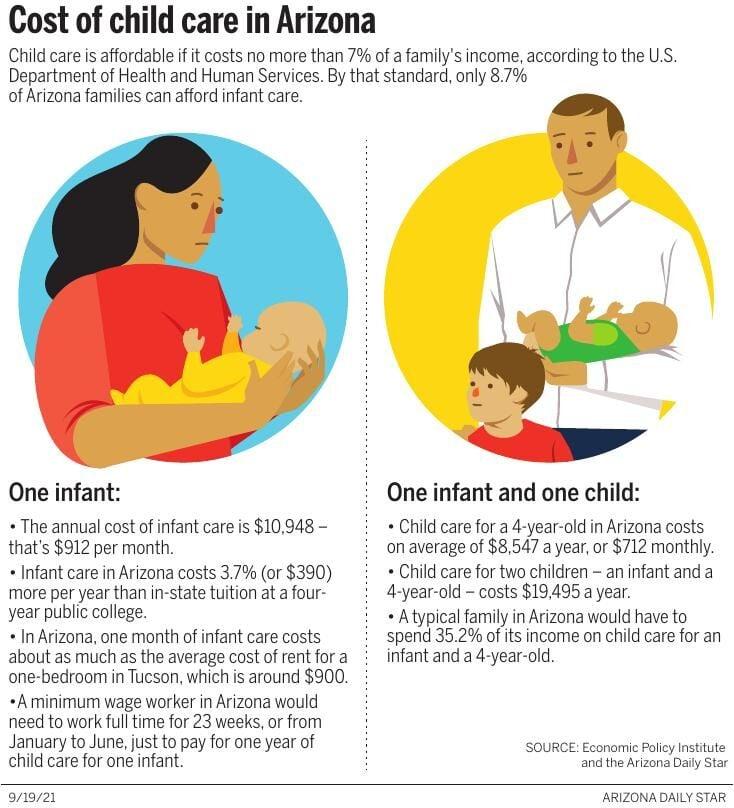Affordable Child Care: A Defining Issue in the Upcoming Election
Escalating Child Care Expenses Challenge Families and Lawmakers
As the election approaches, the affordability of child care has become a top concern for voters nationwide. Families are grappling with soaring child care fees that outpace inflation, forcing many to make tough decisions between employment and caregiving. Middle-income households, in particular, face a squeeze as they often fall outside the eligibility for subsidies yet struggle with limited affordable options. This mounting pressure compels political candidates to articulate comprehensive strategies aimed at expanding access to cost-effective, high-quality child care.
Recent statistics reveal that the average monthly child care cost has surged dramatically, placing it beyond the reach of many working families. This issue is especially critical in competitive electoral districts where voters prioritize child care accessibility. Below is a comparison of estimated monthly child care expenses under different policy frameworks:
| Policy Approach | Estimated Monthly Cost per Child | Intended Beneficiaries |
|---|---|---|
| Expanded Tax Relief Programs | $520 | Low to Middle Income |
| Universal Child Care Subsidies | $280 | All Income Levels |
| Relaxed Regulatory Measures | $680 | Middle to High Income |
- Primary voter concerns: Affordability and availability remain paramount for families in both urban and suburban communities.
- Candidate pledges: Many contenders promise to enhance federal funding and implement local programs to ease child care burdens.
- Economic implications: Accessible child care correlates with increased labor force participation, notably among women.
How Affordable Child Care Boosts Employment and Economic Prosperity
Reducing child care costs plays a vital role in enabling more parents, especially mothers, to join or remain in the workforce. Lower expenses translate into higher household earnings and stimulate broader economic activity through increased consumer spending. Businesses benefit as well, experiencing fewer employee absences and improved retention rates, which collectively enhance productivity.
The economic benefits of affordable child care can be summarized as follows:
- Diverse workforce participation: Parents from various socioeconomic backgrounds gain greater employment opportunities.
- Enhanced early childhood development: Access to quality care fosters essential cognitive and social skills, cultivating a skilled future workforce.
- Job market expansion: Growth in child care services creates new employment across multiple sectors.
| Indicator | Before Affordable Care | After Affordable Care |
|---|---|---|
| Parental Employment Rate | 60% | 79% |
| Average Monthly Child Care Fee | $1,250 | $620 |
| Local Employment Growth | Stable | Increase (+18%) |
Election Candidates Present Varied Plans to Improve Child Care Access
In the lead-up to the election, candidates are proposing diverse initiatives to make child care more attainable for working families. A common theme is the push for increased federal investment to subsidize costs, making care affordable across income levels. Some candidates focus on enhancing regulatory standards to ensure safety and quality, alongside expanding training programs for child care providers.
Innovative community-driven models are also gaining traction, such as establishing neighborhood child care cooperatives supported by grants for small businesses. These initiatives aim to offer flexible, culturally sensitive care tailored to local needs. Key proposals include:
- Targeted tax incentives for low- and middle-income families to alleviate financial burdens.
- Development of digital platforms that connect parents with trusted caregivers efficiently.
- Collaborations between public and private sectors to increase the availability of child care centers near workplaces.
| Candidate | Key Proposal | Expected Outcome |
|---|---|---|
| Jordan Smith | Boost federal subsidies | Lower average child care costs by 30% |
| Casey Nguyen | Community-based child care cooperatives | Expand access in underserved neighborhoods |
| Taylor Brooks | Enhanced caregiver training programs | Raise quality and safety standards |
Experts Advocate for Increased Federal Investment and Localized Solutions
Authorities in early childhood education and social policy stress that resolving the child care crisis demands substantial federal funding increases combined with community-specific initiatives. They highlight that current funding levels inadequately meet the diverse needs of families, particularly in rural and marginalized areas where affordable care options are scarce. Greater investment is essential not only to broaden access but also to enhance the quality and reliability of child care services nationwide.
Recommended actions include:
- Expanded subsidies targeting low- and moderate-income families to ease financial strain.
- Grants for community organizations to develop inclusive, culturally relevant, and adaptable child care programs.
- Workforce development initiatives aimed at attracting and retaining qualified early childhood educators through improved compensation and benefits.
| Funding Focus | Anticipated Impact |
|---|---|
| Subsidies | Expand access for over 3.5 million children |
| Community Grants | Support 1,500 local programs |
| Workforce Support | Reduce educator turnover by 30% |
Looking Ahead: Child Care as a Decisive Factor in the Election
As voters head to the polls, the issue of affordable child care remains a defining concern shaping electoral decisions across the country. With families increasingly burdened by rising costs, the pressure mounts on candidates and policymakers to deliver effective, sustainable solutions. The election’s outcome could significantly influence the trajectory of child care support policies, underscoring its importance in the national dialogue. Stakeholders and observers alike will be monitoring how this critical issue impacts political dynamics in the coming weeks.













